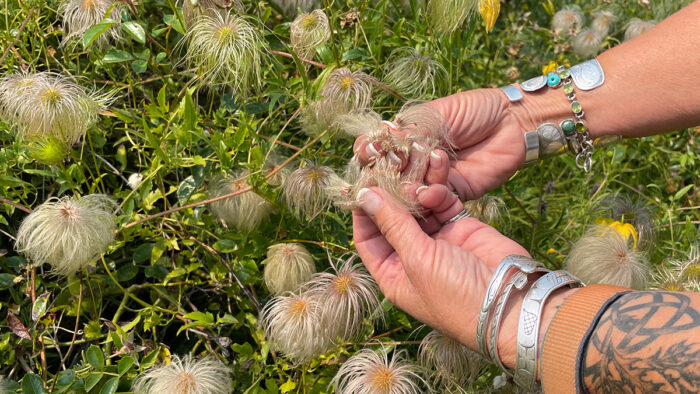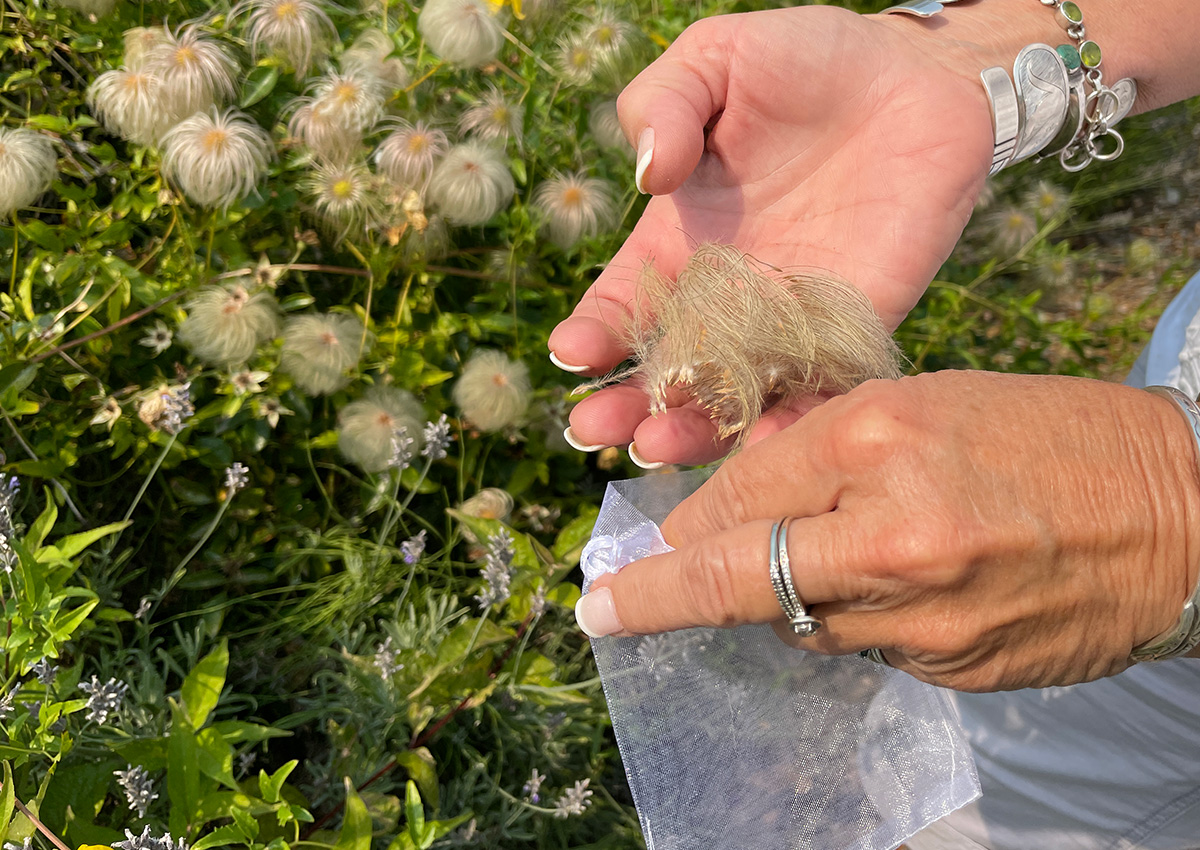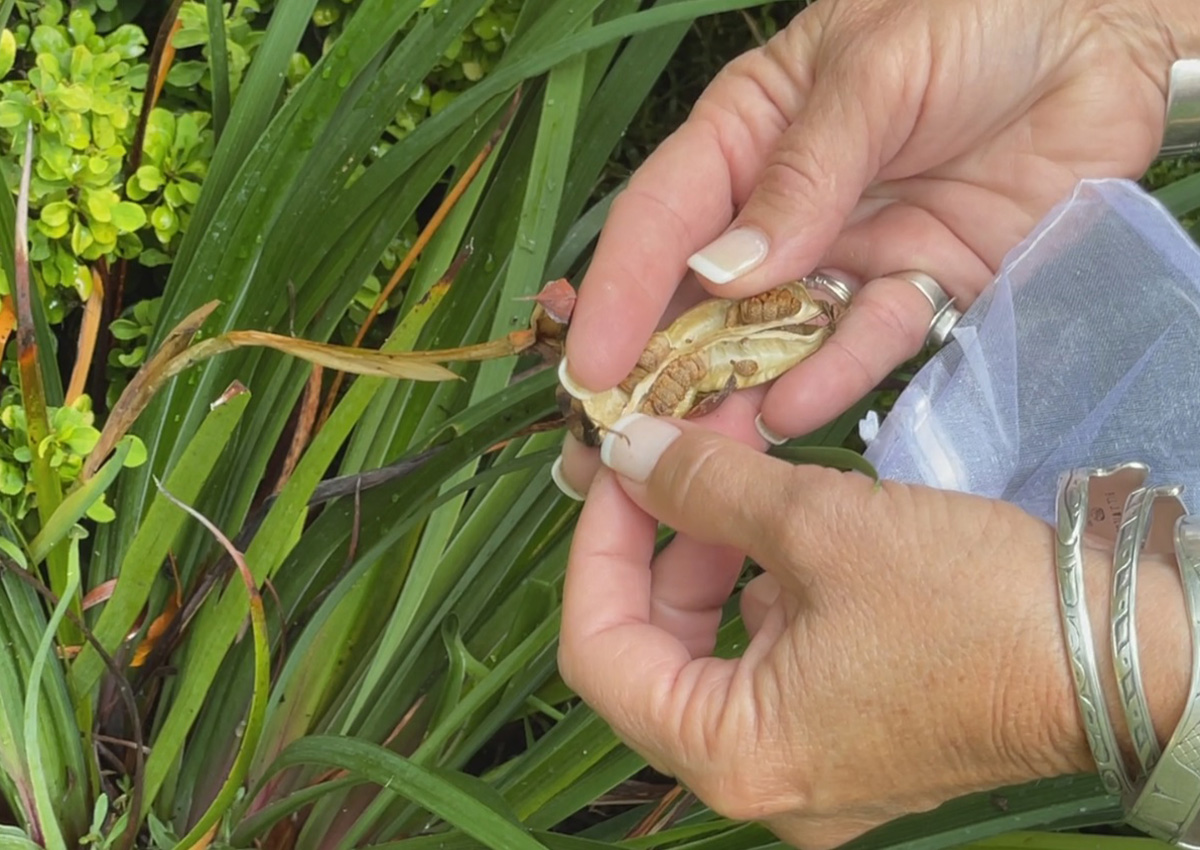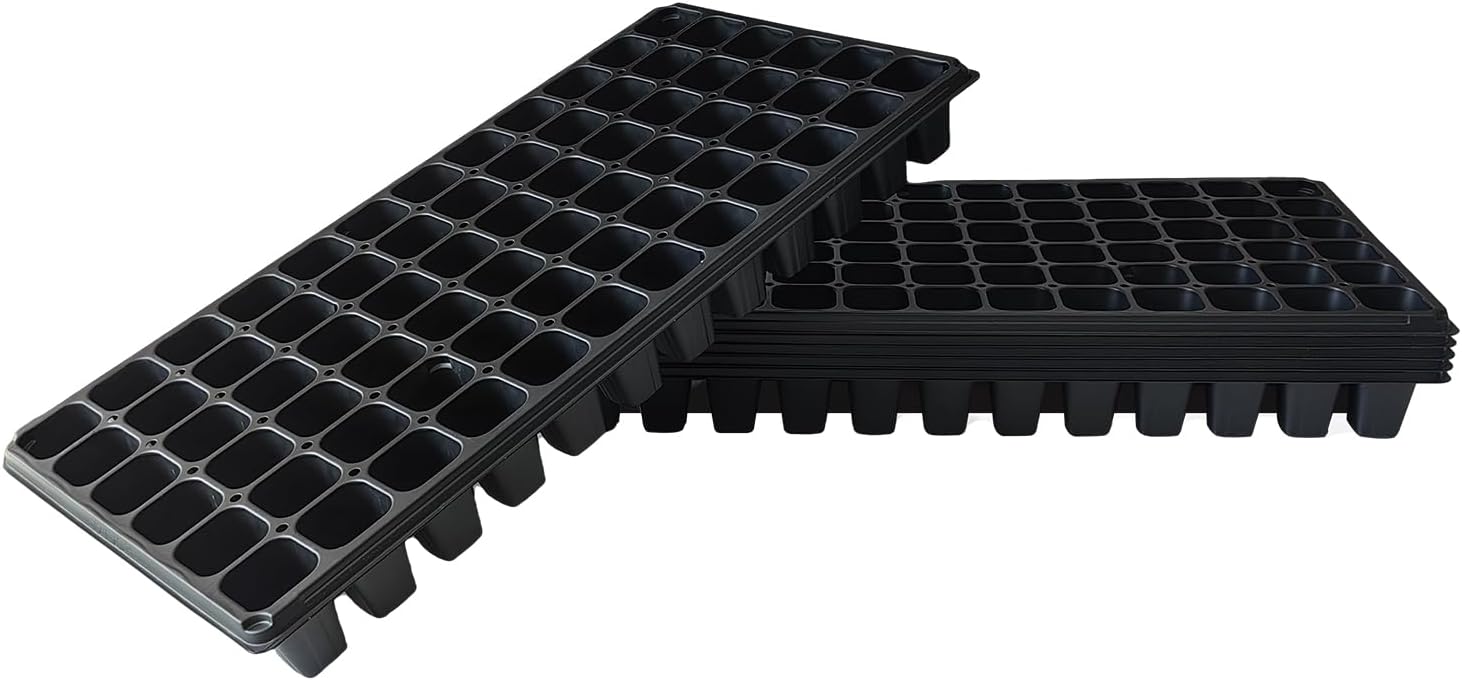
Days are getting shorter, and there is a soft glow to the sunlight. That can only mean one thing: Fall is upon us. With this season comes a sense of urgency on the part of plants to throw seeds, thereby assuring their continuation next year. I will admit that I haven’t been a seed saver in the past. Saving seeds seemed tedious and often confusing. I always felt like every seed had different requirements for harvesting and replanting—some needing to be stored in darkness while others needing to be exposed to fire or heat or even cold to be viable. Even waiting one to three years for a plant that I germinated from seed to become big enough to put into the garden was daunting. I’m not that good at keeping something alive in the greenhouse that long.
Two years ago, however, I decided to start planting from seed with something easy—meadow planting. These seeds didn’t need anything except a little open ground and occasional water (not a problem in the Pacific Northwest). And they reseeded themselves. This year they were back and even better. This experience gave me seed confidence, so I decided it was time to up my game and go one step further by collecting seed from many of my treasured perennials.
Now is the time to gather seeds to grow more of the plants you love in the garden. Some plants, such as foxglove (Digitalis spp. and cvs., Zones 4–9) or columbine (Aquilegia spp. and cvs., Zones 3–9), are prolific and produce many seeds. This makes them some of the easiest to propagate from seed. Other plants, such as clematis (Clematis spp. and cvs., Zones 4–9), require a bit more nuance when it comes to collecting seed.
Here are several things to keep in mind when it comes to saving seeds.

1. Wait until the seeds are ripe before harvesting. Plants take time to pack all the energy possible into their seeds. When they are ready, they release them at the optimum time to ensure successful propagation. If you harvest too early, the immature seeds will likely not germinate.
2. Sometimes the seeds of spring plants are released in early summer. Mark your calendar to check every couple of weeks so that you can catch them at the right time.
3. Cross-pollination can produce some new colors. You can purchase mesh bags to prevent cross-pollination if you want the seedlings to come true to type. This requires hand-pollination, then covering several flowers (not all) to keep pollinators from reaching them. Doing this will ensure at least some seedlings will come true (i.e., look exactly like the parent plant).
4. You can also use mesh bags to collect seeds on sturdy stalks. Place a bag over a seedpod before the seeds are fully ripe. When the plant releases the seeds, they will all be in the bag. You can then gather the seeds at your leisure, but do so before heavy rains start falling.
5. Dry the seeds completely before storing them. Paper envelopes are the easiest way to store seeds, and it’s easy to buy an array of sizes online. A little drawing always helps to identify the plant. Include the date gathered, the name of the plant, and the plant’s location to help with replanting the next season.

Many plants produce seeds that can be gathered easily. Iris (Iris spp. and cvs., Zones 5–9) seeds are easy to collect and sow. Iris seedpods often have beautiful fall color before they drop seed. Another reason to collect seed is to produce more of a variety you already have in your garden. For example, I have ‘Richard Gray’ lavender (Lavandula ‘Richard Gray’, Zones 8–11) planted in a sweep in one area of my garden. This plant is now hard to find at a nursery, so I started collecting its seed, ensuring I will have a few seedlings ready to plug in if one of my original plants needs replacing.
Take a look around your garden to see which plants you want more of. Easy options to start with are annuals like sunflowers (Helianthus annuus and cvs., annual), zinnias (Zinnia spp. and cvs., annual) and pot marigold (Calendula officinalis and cvs., Zones 9–11) as well as perennials such as clematis, iris, bleeding hearts, and many types of ornamental grasses. You can also reduce the number of plants that are too prolific by pulling the seeds off and giving them away. Seed packets also make good gardening gifts for neighbors and friends. Be sure to include growing instructions.
Here are a few videos that show some of my methods for seed gathering. The last video shows the simplest method of seed collection (gather, then sprinkle in place) that I use in my wildflower meadow.
—Susan Calhoun is the owner of Plantswoman Design in Bainbridge Island, Washington.
Photos and videos: Susan Calhoun
Fine Gardening Recommended Products

Deep 72 Cell Seedling Trays (10-Pack)
Fine Gardening receives a commission for items purchased through links on this site, including Amazon Associates and other affiliate advertising programs.

Nesco Snackmaster Express Food Dehydrator
Fine Gardening receives a commission for items purchased through links on this site, including Amazon Associates and other affiliate advertising programs.

VegTrug Classic Cold Frame
Fine Gardening receives a commission for items purchased through links on this site, including Amazon Associates and other affiliate advertising programs.



















Comments
growing plant is a outstanding technology. Also for activating your tv.youtube.com/start go to http://www.youtvstart.com
Log in or create an account to post a comment.
Sign up Log in